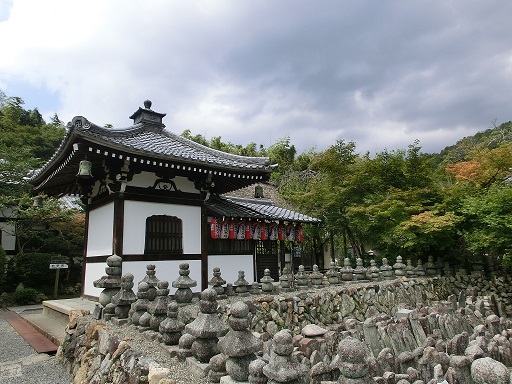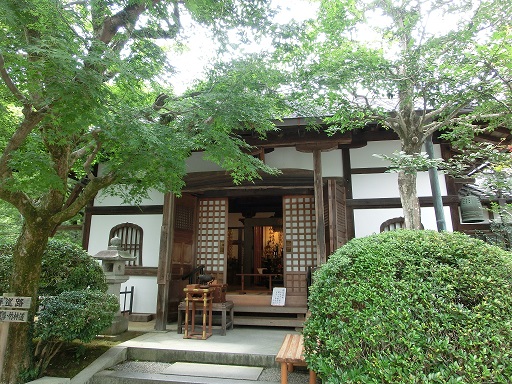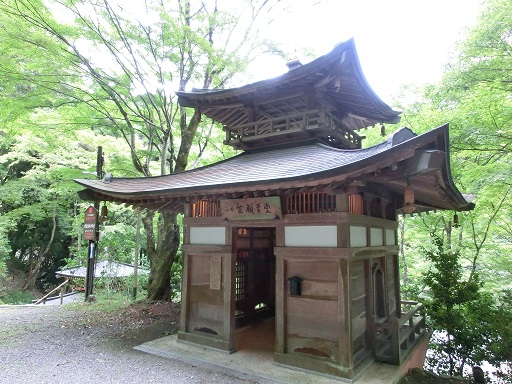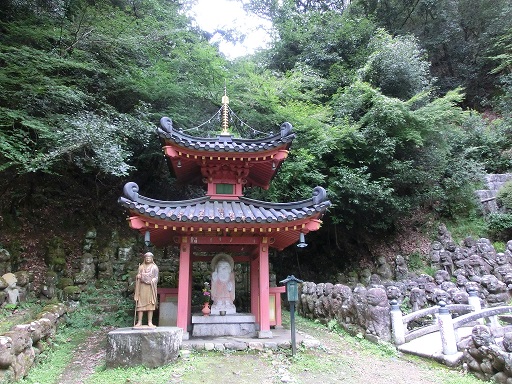|
Adashino Area in Kyoto

The north-west of Kyoto, where Saga-Toriimoto Historical District is located, is also named "Adashino". This area used to be a place for an open-air burial (aerial sepulture). "Adashino" means a mutable place in Japanese. Adashino-Nenbutsuji Temple was founded to pray for the dead soul of those people. Please refer the page of "Saga-Toriimoto in Kyoto Area in Kyoto": http://handejapan19.html.xdomain.jp/TravelDestinations/Kansai/Toriimoto_E.html Adashino Nenbutsuji Temple In the middle of the Saga-Toriimoto Historical District, you will find the entrance of Adashino-Nenbutsuji Temple. 
Adashino-Nenbutsuji Temple belongs to Jodo Sect. At the beginning of the ninth century, the priest Kukai (774 - 835) donated a thousand of stone Buddha statues to pray for those who were buried in open-air. This was the origin of Adashino-Nenbutsuji temple.If you come into the temple, you will see beautiful moss gardens. A red apron on a stone statue is very impressive. |

















